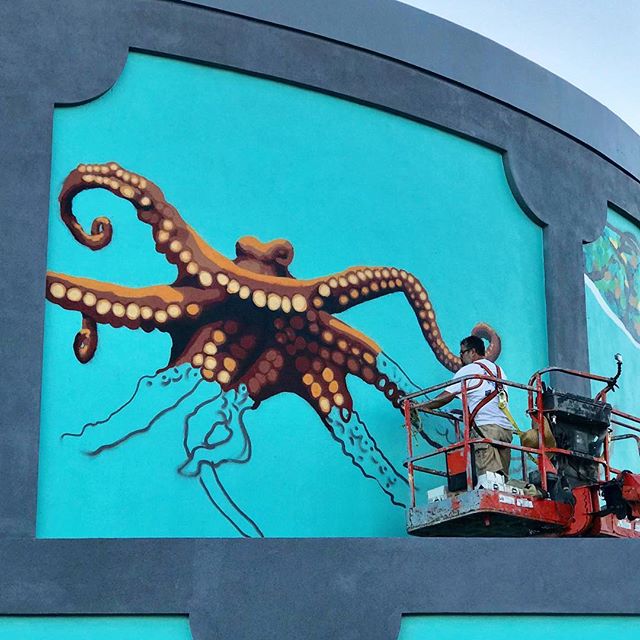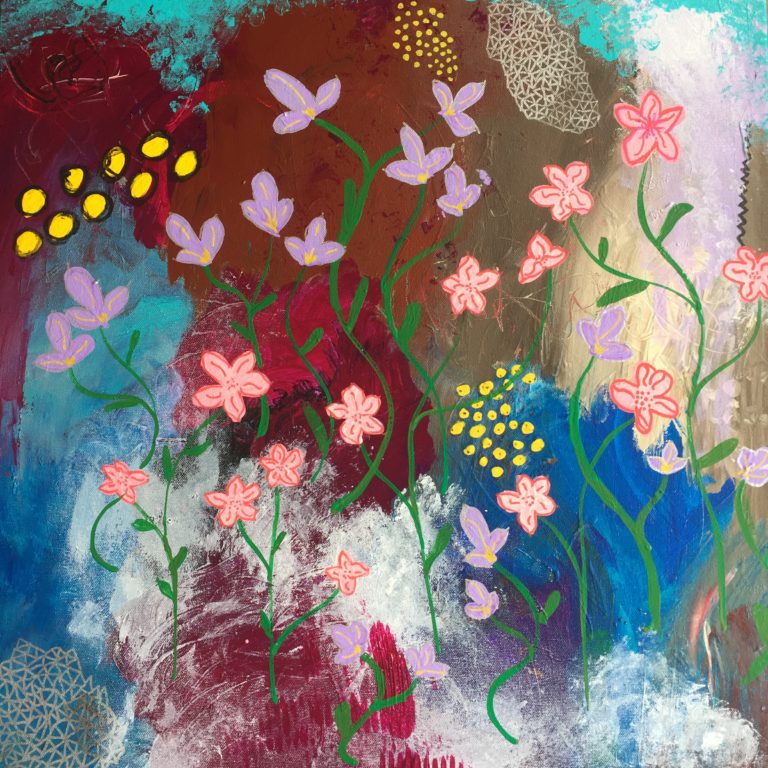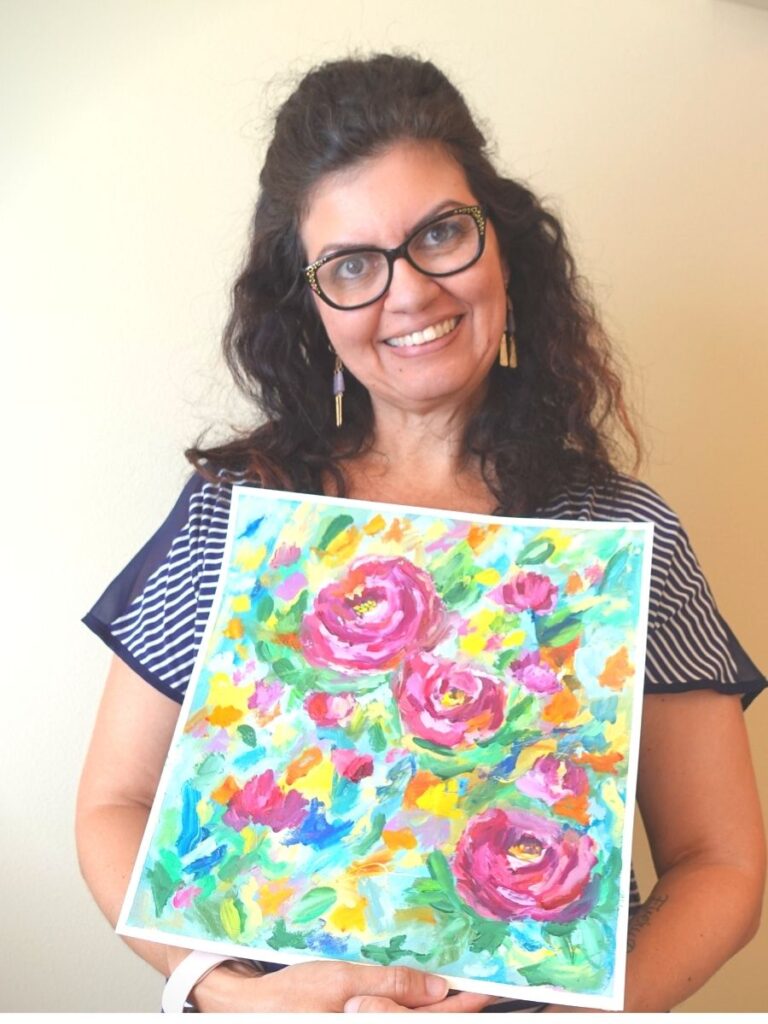Whether it’s called street art, public art, or murals, it’s an art form popular all over the world. Artist Eduardo Mendieta has made his mark with murals on buildings, in the stairwells of parking garages, on schools, and on water tanks. He got his start when he was young tagging buildings, and now he’s getting paid by governments, businesses, and individuals to create fabulous murals locally and nationally. We discuss his process, from the contract details to how he plans and executes large works of art.
Listen here or download from iTunes, Spotify, Google Play Music, CastBox, or Stitcher.

Eduardo Mendieta (aka EMO)
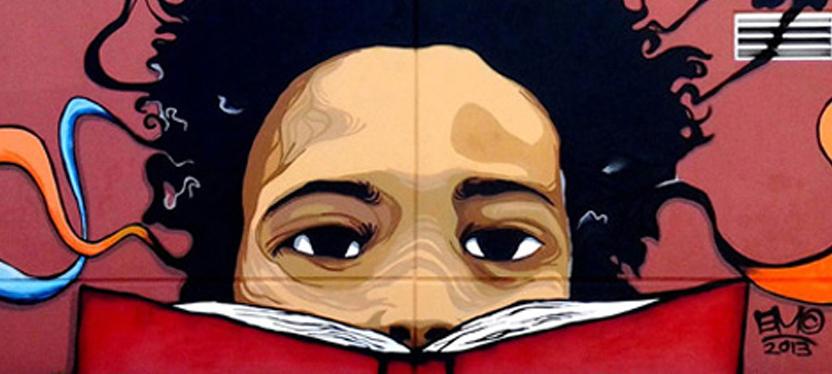
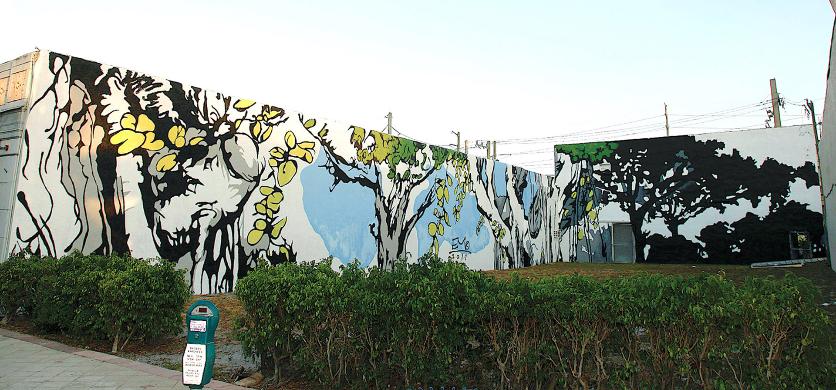
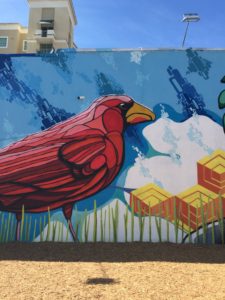

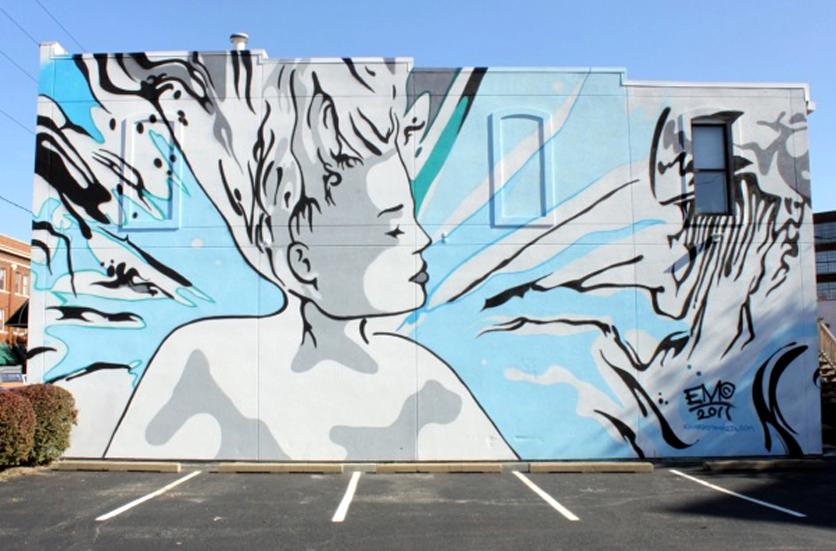
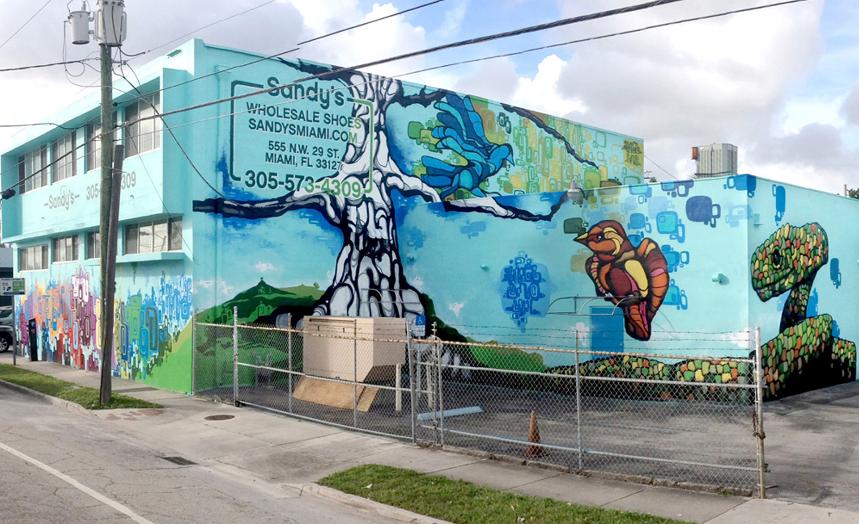
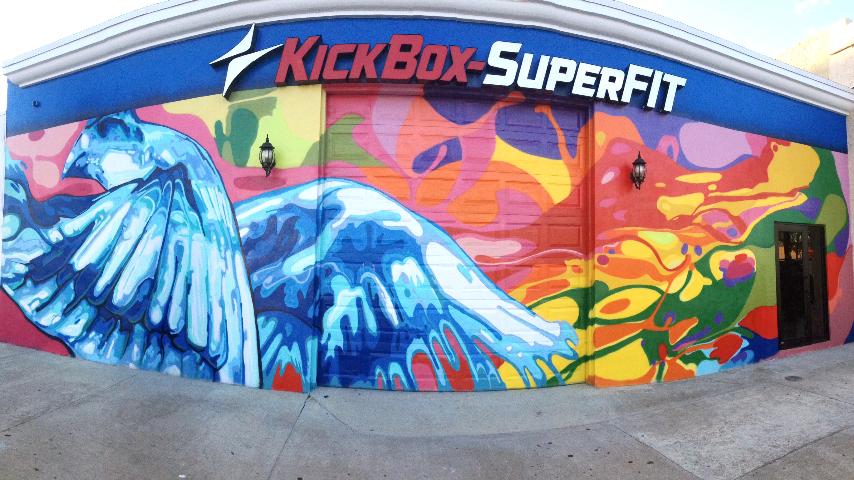
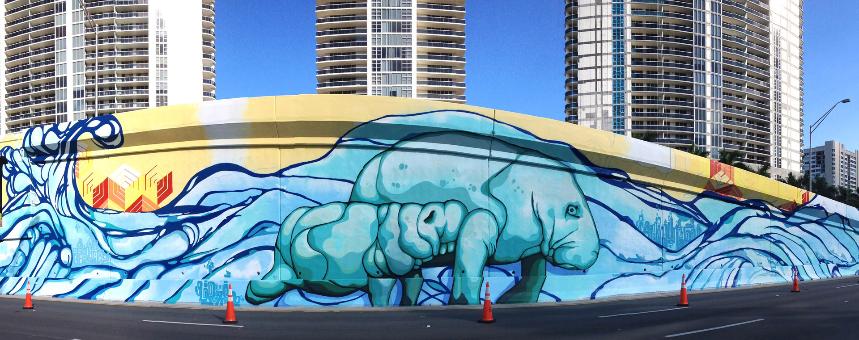
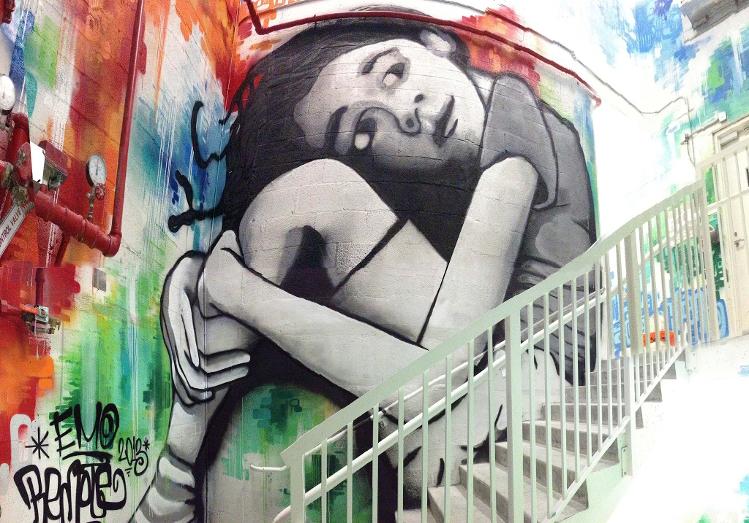
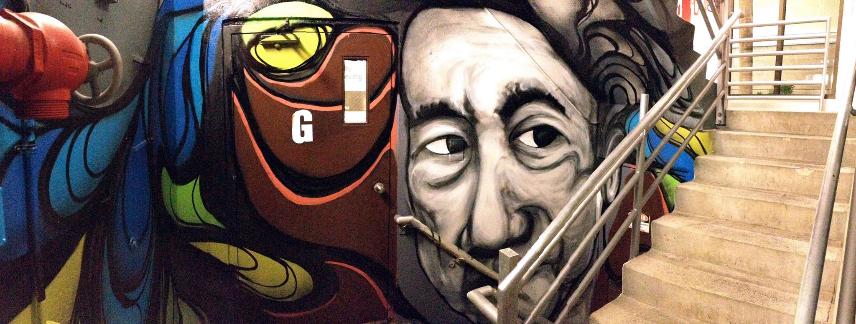
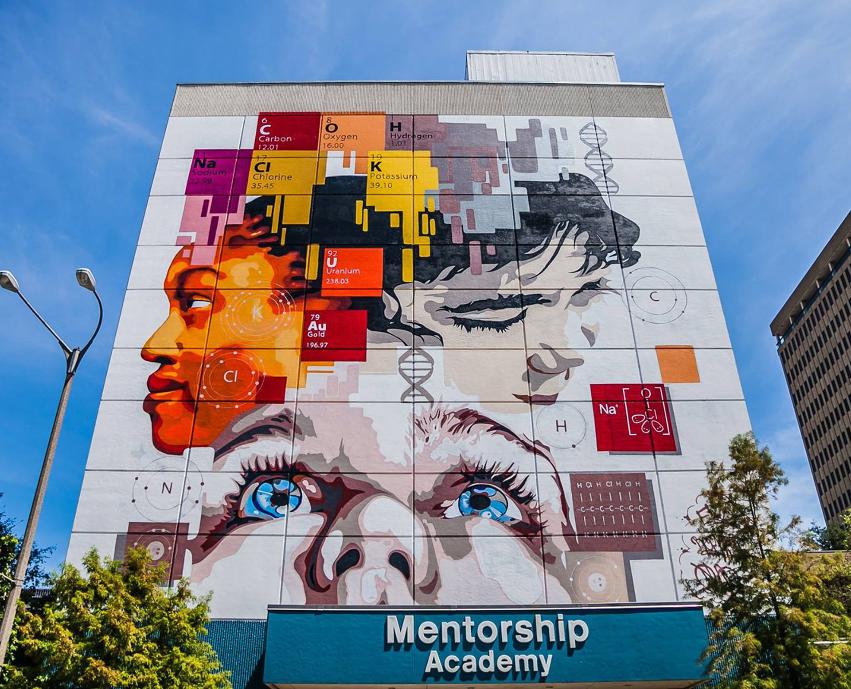
You can find Eduardo’s website here.
He’s also on Facebook and Instagram.
(Seriously, check out his Instagram. There are many more photos of his murals.)
He was a part of the Graffiti show at the Palm Beach County Cultural Council.
Here are a few takeaways from this episode:
- Include everything that you’ve done as an artist on a CV so that you can show potential clients that you have experience and have done these types of projects before.
- Look for Calls to Artists both locally and nationally.
- When working on a public art project, follow all the rules of the government or business exactly, including getting all the needed permits.
- See if there are other city or county groups that might want murals, like the Downtown Development Authority in West Palm Beach, Florida.
- Make sure your budget for the job includes money for scaffolding, lifts, or ladders that you might need; for UV or graffiti-proof coating if required; for upkeep over the first couple of years; and for travel and lodging for you if the project is far away.
- When doing a project out of town, bring other artists to assist you so the project will go quicker.
- For really large projects, it helps to set up your sketch on a grid on the wall so you know how far apart to make the components of the mural.
Do you live in a town that has a lot of murals? Leave me a comment and tell me all about it.
